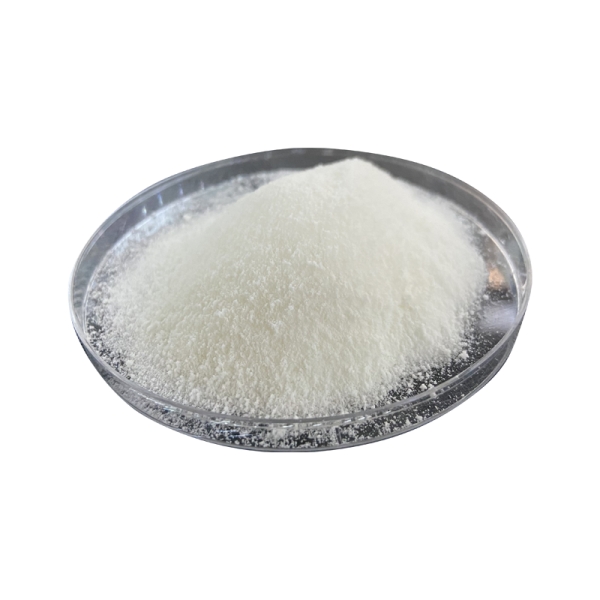Is maltodextrin the same as msg?
In the world of food additives, maltodextrin and monosodium glutamate (MSG) are two terms that come up frequently. Both are commonly used in the food industry, but they have different uses and properties. This article will explore the differences and similarities between maltodextrin and MSG and answer the following questions: Are maltodextrin and MSG the same?
Understanding Maltodextrin
Maltodextrin is a white powder made from starch, usually corn, rice or potato starch. It is produced through a process called hydrolysis, in which the starch is broken down into smaller carbohydrate molecules. Maltodextrin is often used as a thickener, filler or preservative in a variety of foods. It is known for its ability to improve texture and mouthfeel, making it a popular ingredient in sauces, condiments and processed foods.
One of maltodextrin’s main properties is its mildly sweet taste, although it is not as sweet as sugar. It is easily digested and has a high glycemic index, meaning it causes a rapid rise in blood sugar levels. This property makes maltodextrin a common ingredient in sports drinks and energy products because it provides a quick source of energy.
Maltodextrin is also used in the pharmaceutical and cosmetic industries. In pharmaceuticals, it can be used as a binder for tablets, while in cosmetics, it can be used in various formulations for thickening and stabilizing effects.
Understanding Monosodium Glutamate (MSG)
Monosodium glutamate, commonly known as MSG, is a flavor enhancer derived from glutamate, an amino acid found naturally in many foods, including tomatoes and cheese. MSG is often used in cooking to enhance umami, one of the five basic tastes, along with sweet, sour, bitter and salty. It is particularly popular in Asian cuisine and processed foods.
MSG, which usually comes in the form of a crystalline powder, is known for enhancing the umami flavor of dishes. It works by stimulating the taste buds, making food taste more aromatic and flavorful. Although MSG has been a staple in the culinary world for decades, its safety and health effects have also been the subject of controversy and debate.
Some people report experiencing symptoms such as headaches, flushing and sweating after consuming foods containing MSG, a phenomenon often referred to as “Chinese restaurant syndrome.” However, numerous studies have shown that MSG is generally recognized as safe by health authorities, including the U.S. Food and Drug Administration (FDA) and the World Health Organization (WHO).
Key Differences Between Maltodextrin and MSG
Although both maltodextrin and MSG are food additives, they function differently and have different chemical compositions. Here are some of the key differences:
1. Chemical composition: Maltodextrin is a carbohydrate, specifically a polysaccharide, while MSG is the sodium salt of glutamate, an amino acid. This fundamental difference in composition means that they interact with the human body differently.
2. Function: Maltodextrin is mainly used as a thickener, filler or preservative, while MSG is used as a flavor enhancer. Maltodextrin improves the texture and taste of food, while MSG enhances the overall flavor, especially umami.
3. Taste: Maltodextrin has a light sweet taste, while MSG has a salty taste. This difference in taste means they cannot be used interchangeably in recipes or food formulations.
4. Health considerations: While both additives are generally considered safe, some people may be sensitive to MSG, causing adverse reactions. On the other hand, maltodextrin may cause blood sugar levels to rise quickly, which may be a concern for diabetics or those who monitor their carbohydrate intake.
5. Source: Maltodextrin comes from starch, while MSG comes from glutamate, which is found in a variety of protein-rich foods. The difference in sources also leads to their different properties and uses in food.
Common uses of maltodextrin and MSG
Maltodextrin and MSG have a wide range of applications in the food industry, but their applications are very different:
Maltodextrin powder
- Food: Maltodextrin is commonly found in processed foods, snacks, sauces and condiments. It is used to improve texture, stability and shelf life.
– Sports Nutrition: Due to its high glycemic index, maltodextrin is often added to sports drinks and energy gels to provide quick energy during physical activity.
– Pharmaceuticals: Maltodextrin is used as a binder in tablets and capsules to help hold ingredients together.
– Cosmetics: In cosmetic formulations, maltodextrin can act as a thickener and stabilizer, improving the texture of creams and lotions.
Monosodium glutamate (MSG) powder
- Flavor Enhancement: MSG is widely used in cooking, especially in Asian cuisine, to enhance the umami taste of dishes. MSG is found in soups, sauces and processed foods.
– Snacks: Many snack foods, such as chips and cookies, contain MSG to enhance flavor and appeal to consumers.
– Restaurant Cooking: Chefs often use MSG in restaurant kitchens to enhance the flavor of dishes, making them more delicious and satisfying.
Conclusion: Are maltodextrin and MSG the same?
In summary, maltodextrin and monosodium glutamate (MSG) are not the same. They are different food additives with different chemical compositions, functions, and applications. Maltodextrin is a carbohydrate that is primarily used as a thickener and bulking agent, while MSG is a flavor enhancer that enhances the umami taste of food. Understanding the differences between these two additives is critical for consumers, especially those with dietary restrictions or sensitivities.
While maltodextrin and MSG are generally recognized as safe, it is important to be aware of their potential health and nutritional effects. As with any food additive, moderation is key, and individuals should consider personal dietary needs and preferences when consuming products containing these ingredients.
Post time: Mar-27-2025






